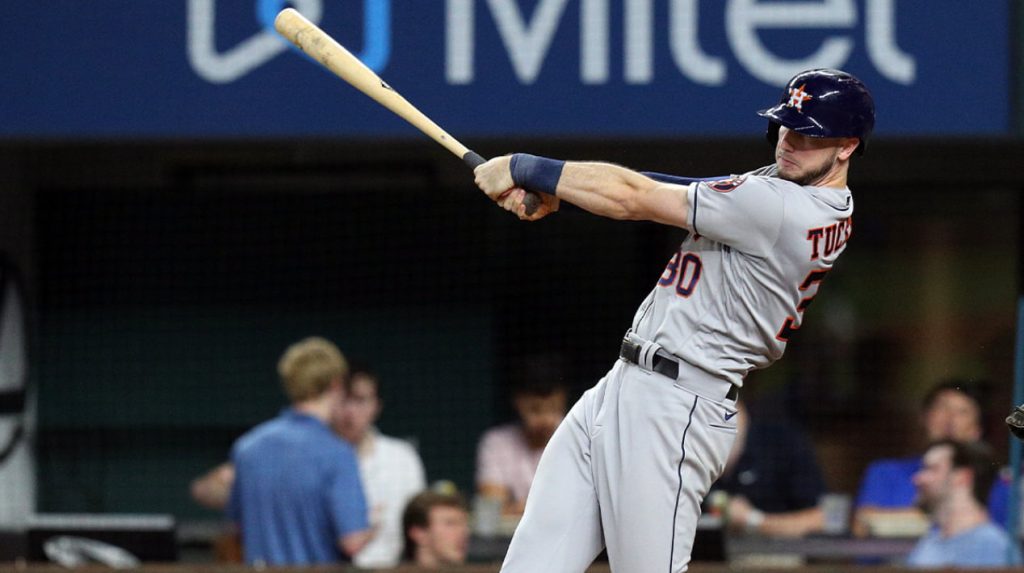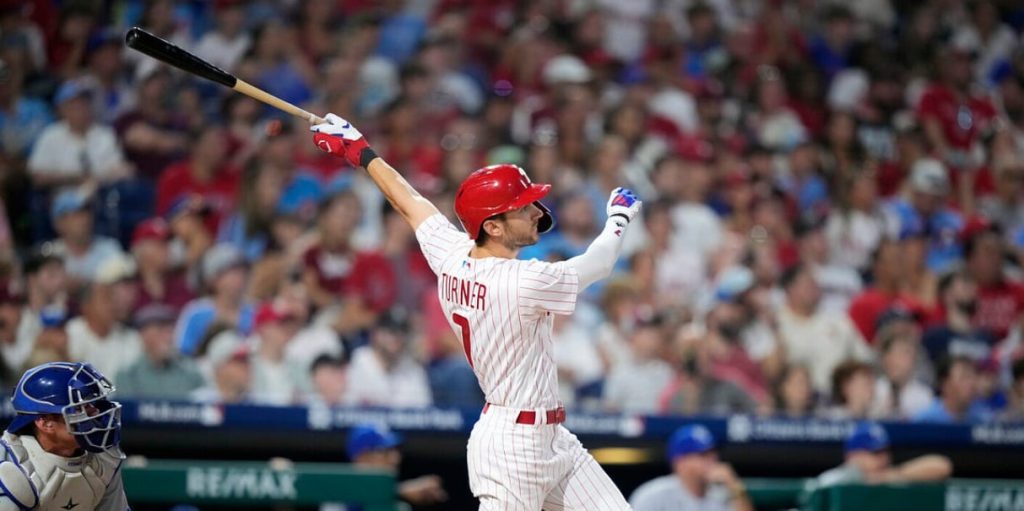Baseball, known as “America’s pastime,” is one of the most statistically rich and strategically complex sports in the world. Every pitch, swing, and fielding play can be broken down into numbers and tendencies. This makes baseball uniquely suited for prediction—whether you’re trying to anticipate the outcome of a game, a player’s performance, or long-term trends over a 162-game Major League Baseball (MLB) season. Baseball Predictions can range from casual fan debates to in-depth analytical models run by professionals. What makes them both challenging and exciting is the sport’s inherent variability—low-scoring games, sudden momentum shifts, and unexpected performances.
The Core Types of Baseball Predictions
Before diving into methods and strategies, it’s important to understand the key areas where baseball predictions apply:
- Game outcomes (win/loss, run line, total runs)
- Starting pitcher performance
- Total home runs, strikeouts, hits, or runs
- Player prop bets (e.g., a batter to hit a home run or get two hits)
- Season-long futures (e.g., MVP, Cy Young winner, playoff teams)
- Series or playoff predictions
Each category requires a different set of data and analysis. For example, predicting a single game might focus heavily on pitching matchups and weather, while season-long predictions rely more on roster depth, team construction, and advanced metrics.

The Role of Starting Pitchers
In baseball, starting pitchers have an outsized influence on game outcomes. A dominant ace can control the pace, neutralize strong offenses, and tilt predictions in their team’s favor. Conversely, a struggling starter can put his team in an early hole, changing the entire dynamic of the game.
Key pitcher-related stats to analyze:
- ERA (Earned Run Average) – Measures how many earned runs a pitcher allows per 9 innings.
- WHIP (Walks + Hits per Inning Pitched) – Reflects how many base runners a pitcher allows.
- Strikeout and walk rates – High strikeout rates and low walk rates indicate command and dominance.
- Opponent batting average and slugging percentage
- Pitcher splits – How they perform against left-handed vs. right-handed hitters.
- Home/away performance – Some pitchers thrive or struggle depending on the ballpark.
It’s also crucial to consider how deep a pitcher typically goes into games. A starter who regularly exits after four innings puts more pressure on the bullpen, which affects run totals and win probabilities.
Bullpen Analysis and Relief Pitching
The importance of bullpen depth has grown over the years. Teams now manage games more strategically with matchups, making it essential to understand relief pitcher usage and effectiveness.
When predicting outcomes, ask:
- Are the best relievers available today, or were they overused yesterday?
- How consistent is the bullpen ERA and strikeout rate?
- Does the team have a reliable closer or setup man?
Blown leads in the late innings are common in baseball, and a strong or shaky bullpen can be the difference between a win and a loss.
Offensive Metrics and Team Batting Strength
Offensive performance is a huge part of baseball predictions. While home runs and batting averages are often spotlighted, deeper analysis gives a clearer picture.
Key offensive stats include:
- OPS (On-base Plus Slugging) – Combines ability to get on base and hit for power.
- wOBA (Weighted On-Base Average) – A more accurate measure of a hitter’s value.
- BABIP (Batting Average on Balls In Play) – Helps identify luck vs. skill.
- Run differential – Teams with consistently positive differentials tend to win more games.
- Clutch stats – How a team or player performs in high-leverage situations.
Offensive predictions also depend on lineup construction. Is a team stacking left-handed bats against a right-handed pitcher? Are they missing key hitters due to injury or rest?
Ballpark Factors
Not all ballparks are created equal. Some favor hitters with short fences and thin air, while others are pitcher-friendly with deep outfields and heavy air.
Understanding park factors is key to predicting game flow:
- Coors Field in Colorado notoriously boosts offense due to altitude.
- Petco Park in San Diego is historically pitcher-friendly.
- Yankee Stadium has a short porch in right field, favoring left-handed sluggers.
Weather also plays a role—hot, humid days help the ball travel farther, while wind blowing in can suppress home runs.

Game Context and Situational Trends
Beyond stats, the game’s context can reveal important clues:
- Is this the first game of a series, or a getaway day? (Teams often rest players during day games after a night game.)
- Is a team coming off a long road trip or playing its third game in 24 hours?
- How do teams perform in day vs. night games?
- Does the team perform better as a favorite or underdog?
Motivation also matters. Teams fighting for playoff spots in September are often more focused and aggressive than eliminated teams simply finishing the season.
Advanced Analytics and Predictive Modeling
With the explosion of sabermetrics and machine learning, professional-level predictions now include advanced metrics like:
- xFIP (Expected Fielding Independent Pitching) – Adjusts for league average home run rate.
- Hard-hit rate and launch angle – Predicts offensive performance based on quality of contact.
- Spray charts – Show where hitters tend to place the ball, useful for predicting hits vs. defensive shifts.
- Win Probability Added (WPA) – Reflects how much a player’s actions impact the likelihood of winning.
Statistical models can simulate thousands of game outcomes based on input variables. While they aren’t perfect, they provide strong probabilistic foundations for decision-making.
Public Betting Trends and Market Behavior
In the context of betting and fantasy sports, public perception plays a major role in baseball predictions. Popular teams like the Yankees or Dodgers often attract heavy betting action, skewing odds.
Smart bettors and analysts monitor:
- Line movement – Sudden shifts in odds often indicate smart money on a side.
- Public betting percentages – High public backing doesn’t always correlate with value.
- Overreaction to small sample sizes – One big game can distort player value for days.
Avoiding emotional betting and relying on data-driven insights is essential for long-term success.
Fantasy and Prop Predictions
Beyond full-game results, daily fantasy sports (DFS) and prop markets focus on player-level outcomes:
- How many hits or total bases will a batter collect?
- Will a pitcher strike out more than six batters?
- Which player will hit the first home run?
Predicting these outcomes requires a sharp understanding of matchup history, pitcher tendencies, batter hot streaks, and usage trends.
DFS players also consider:
- Stacking lineups – Combining multiple batters from the same team for offensive explosion.
- Ownership projections – Finding low-owned players with high upside.
- Late lineup changes – Being first to react to unexpected scratches or rest days.

The Role of Streaks and Momentum
Baseball is a streaky game. Hot hitters can carry teams for weeks, and struggling pitchers can spiral quickly. While it’s important not to overvalue short-term trends, ignoring them entirely misses a key piece of the puzzle.
- A team on a 6-game win streak might be more confident and aggressive.
- Slumping teams often make lineup changes or shakeups that can influence predictions.
- Managers may rest key players when momentum slows.
Predicting correctly means identifying when streaks are sustainable or just statistical noise.
Season-Long Predictions and Futures
Beyond daily picks, baseball predictions also extend to long-term markets like:
- Division and League winners
- World Series odds
- Individual awards (MVP, Rookie of the Year, Cy Young)
- Win totals over a full season
These predictions require an understanding of roster depth, injury risk, player development, and strength of schedule.
For example, predicting the Cy Young winner involves tracking not just ERA and strikeouts, but also innings pitched, team success, and media narratives that influence voting.

